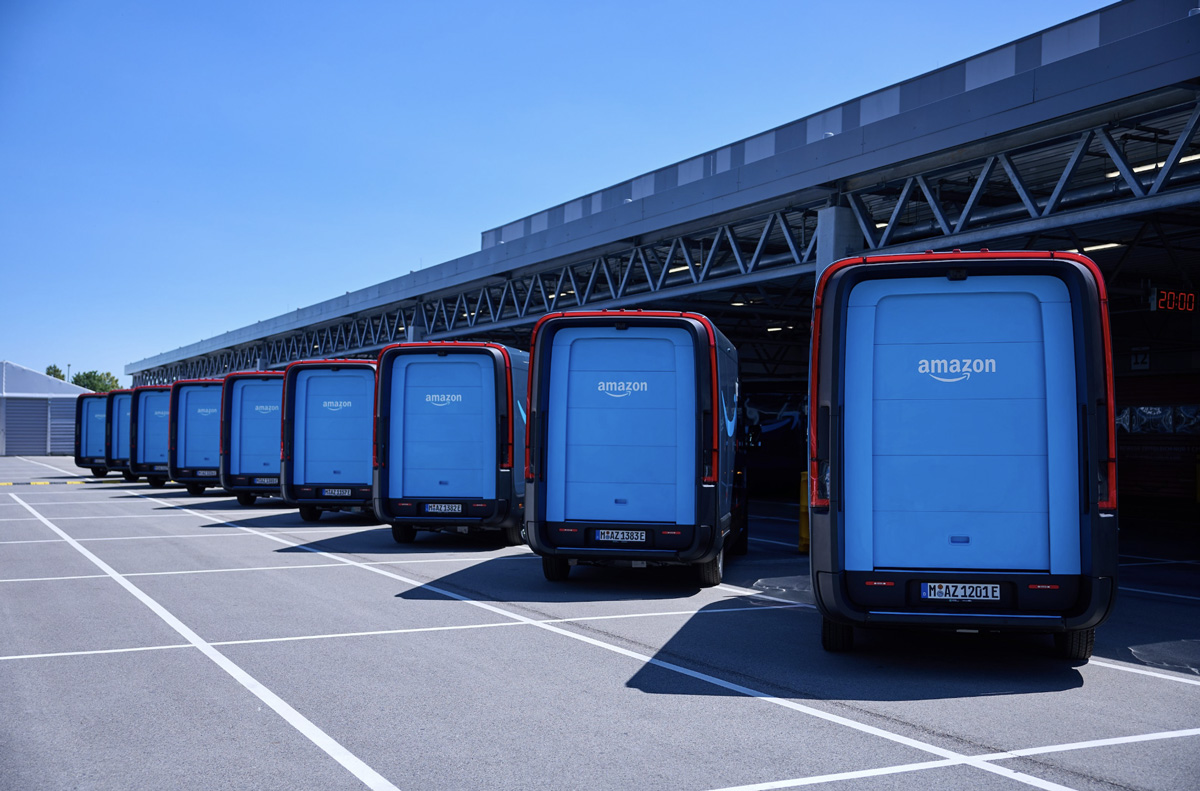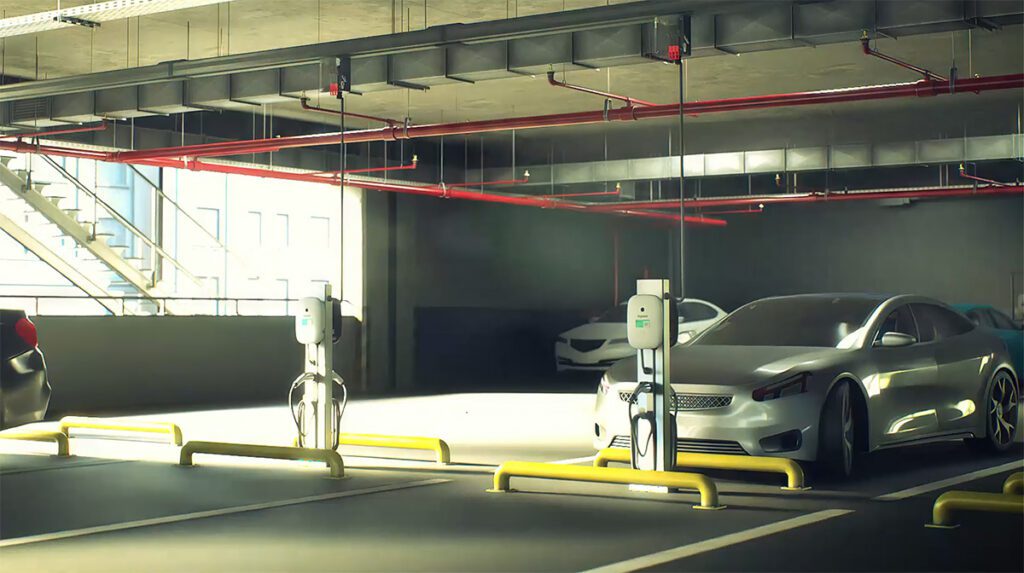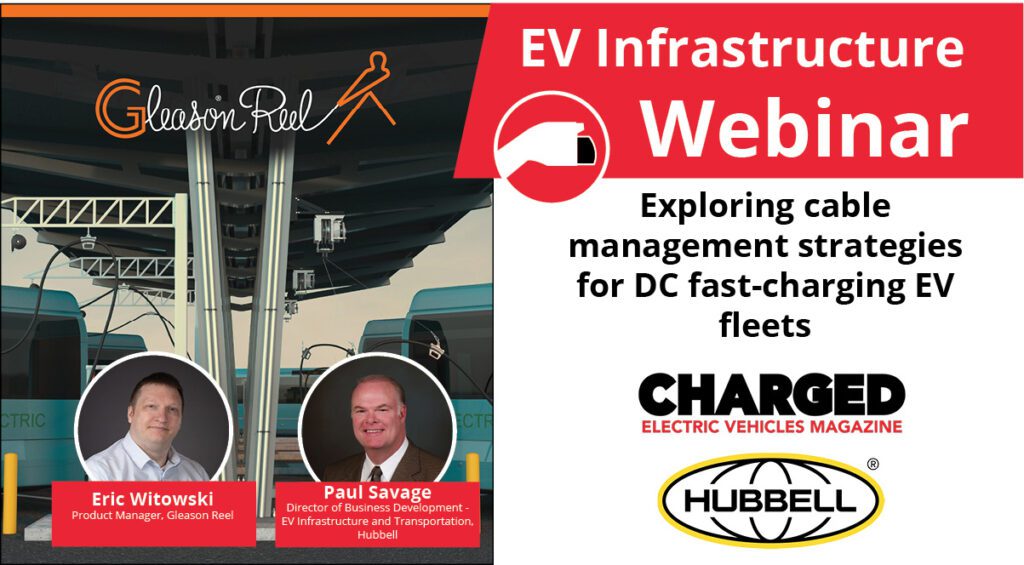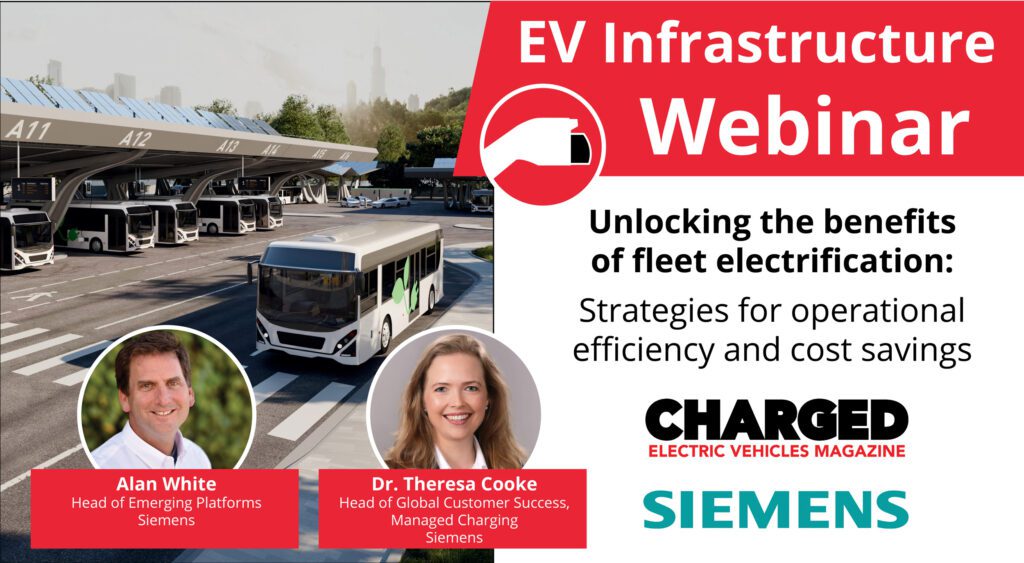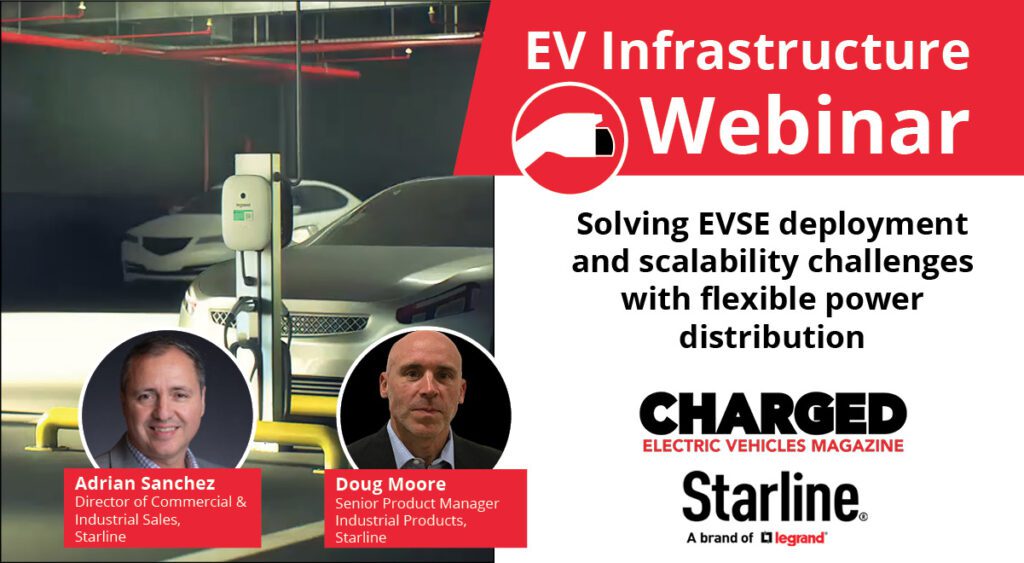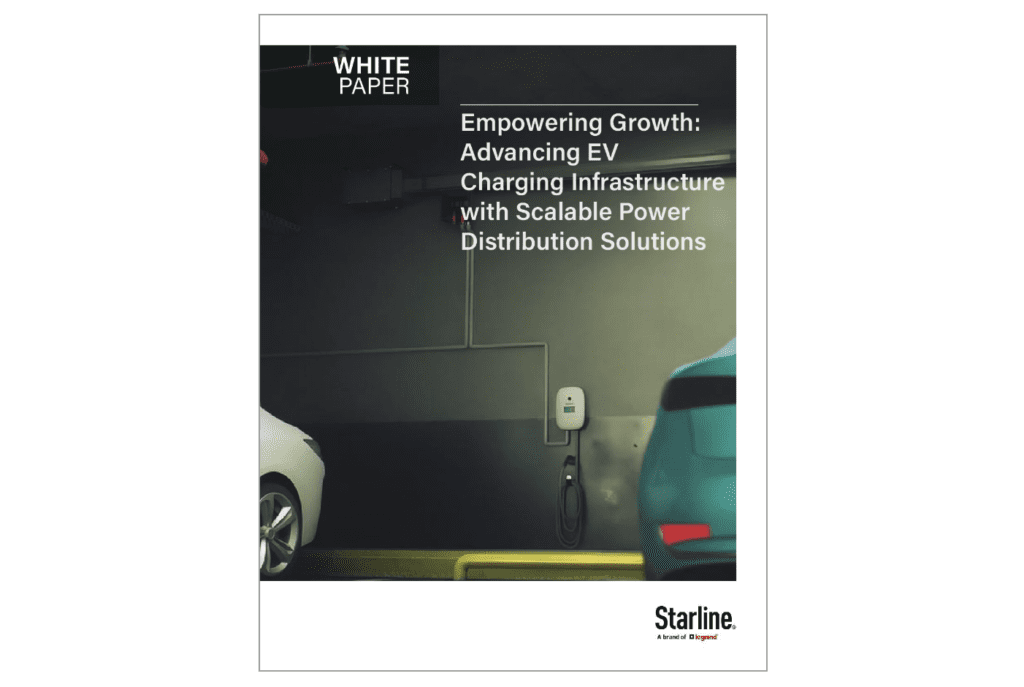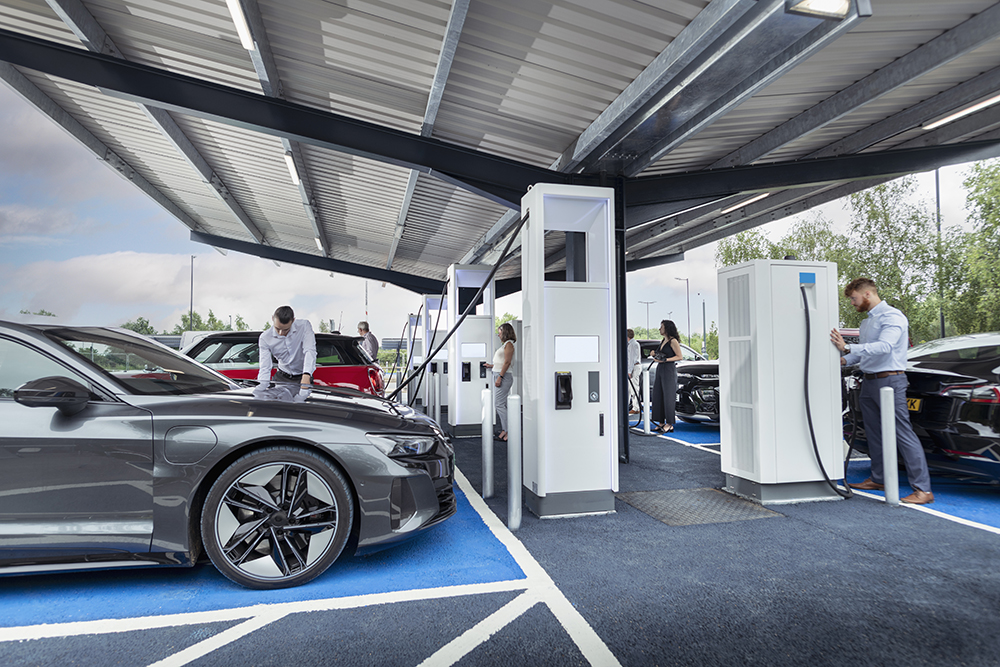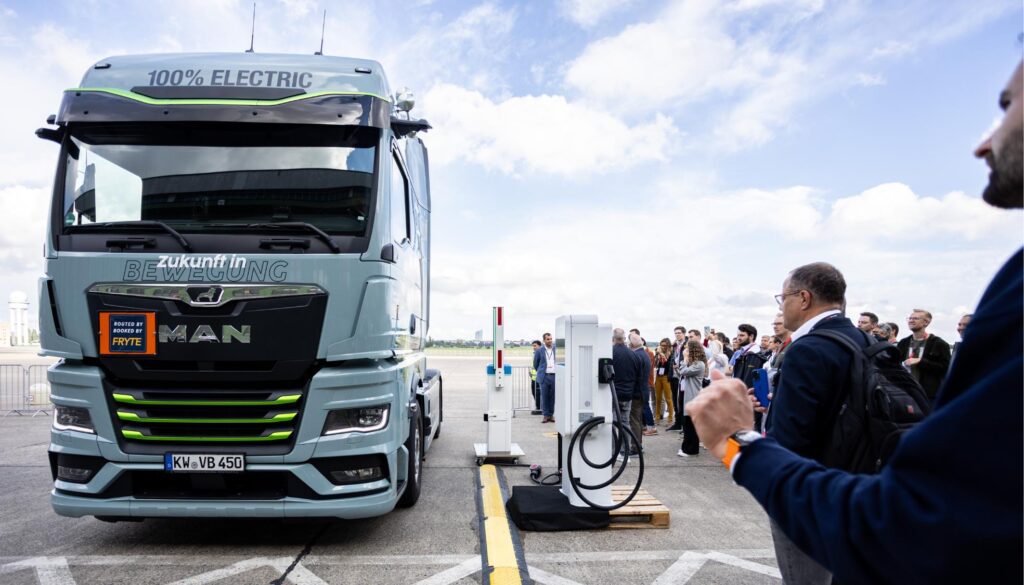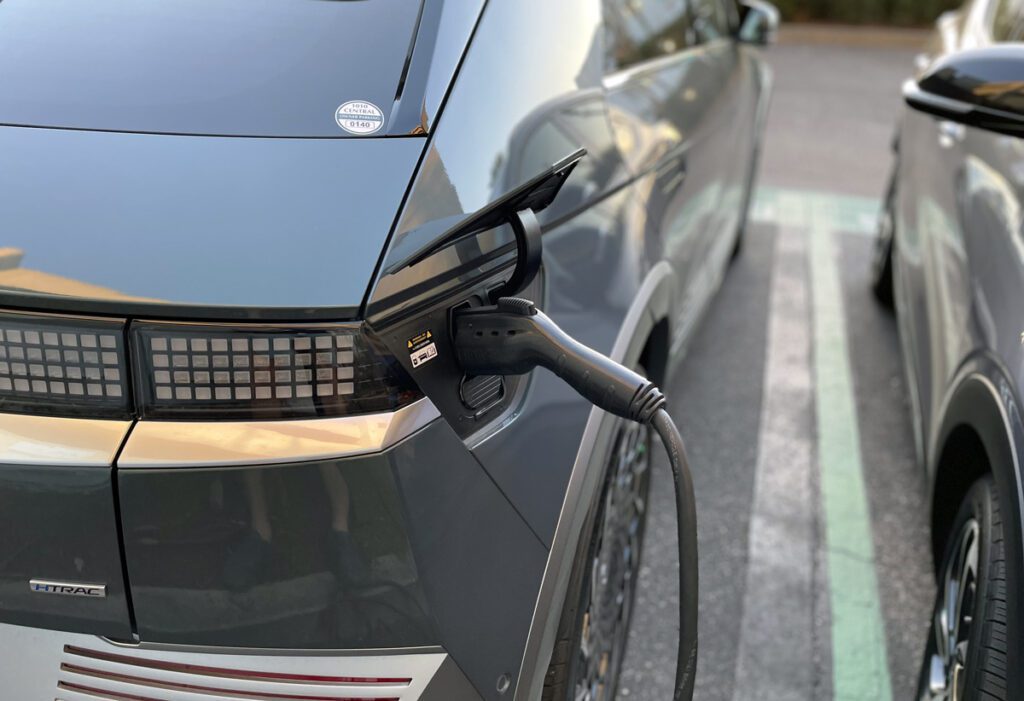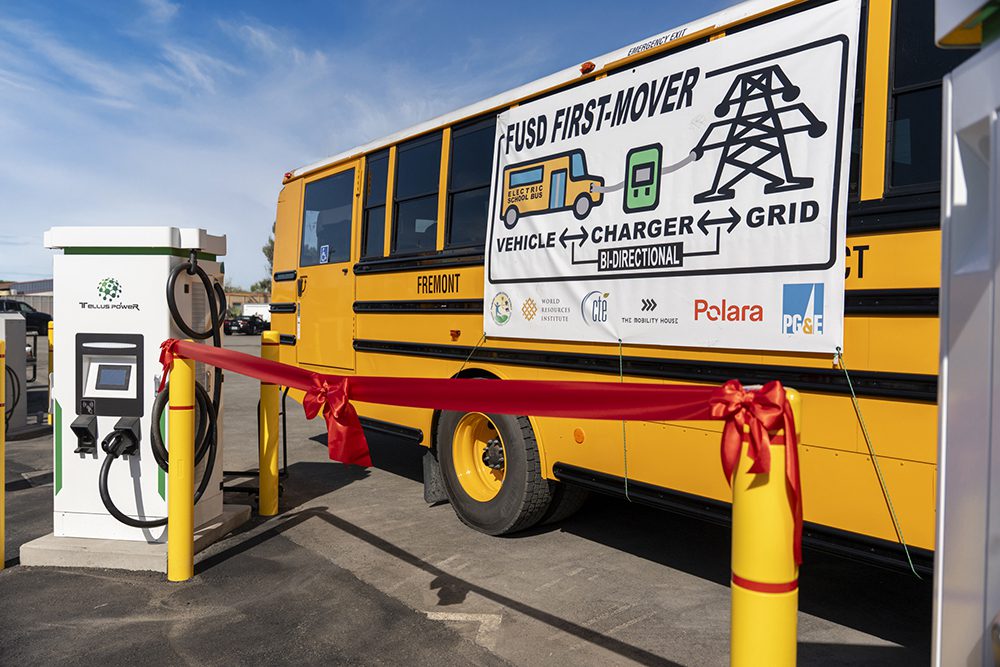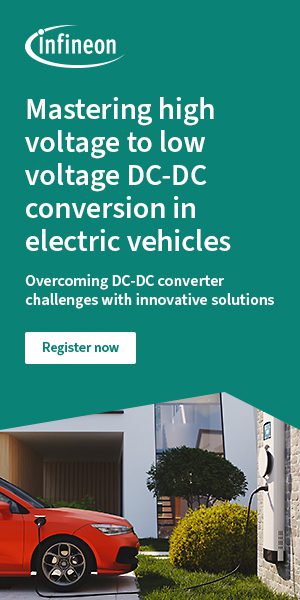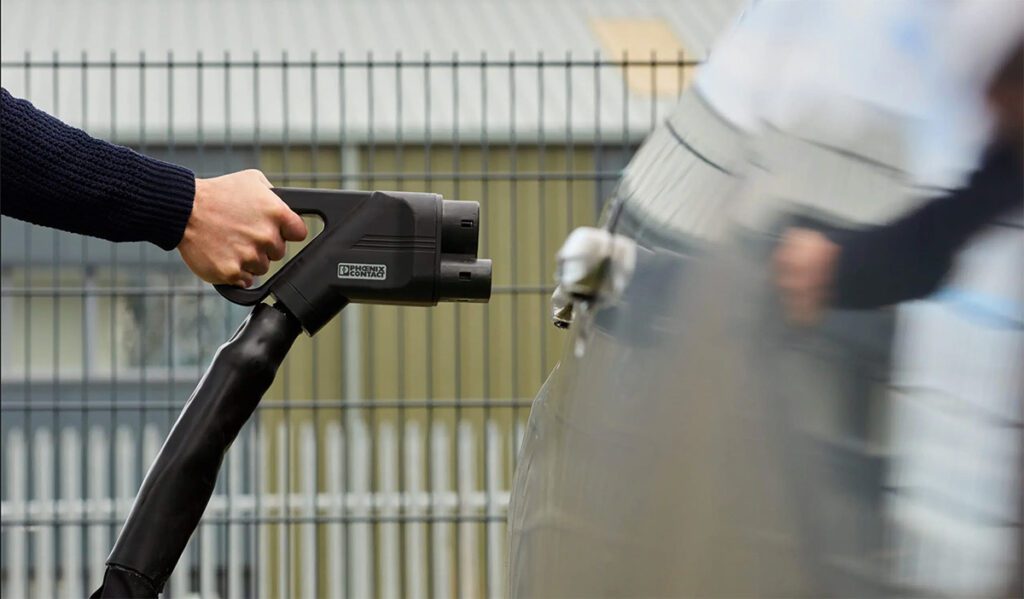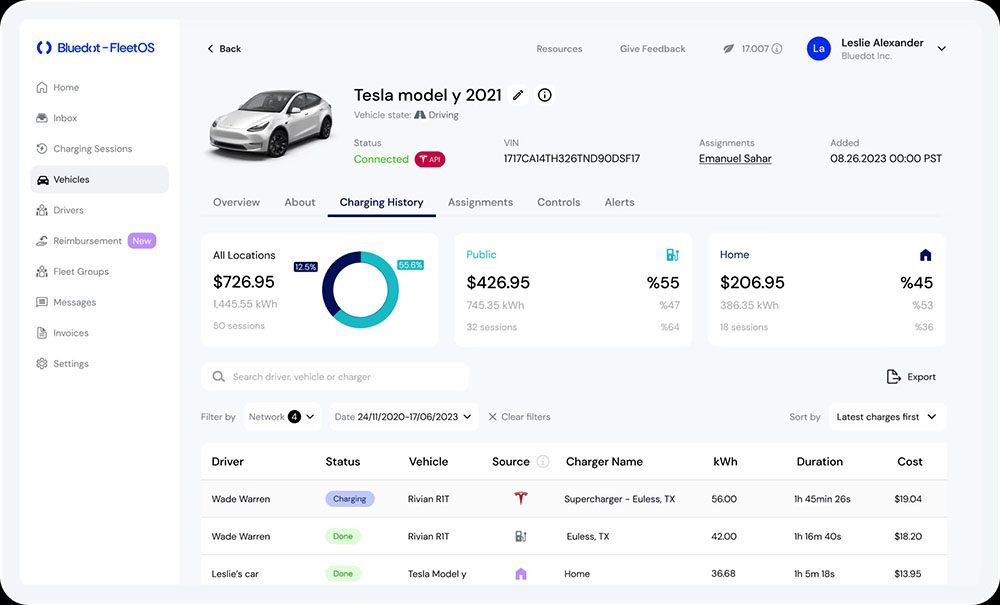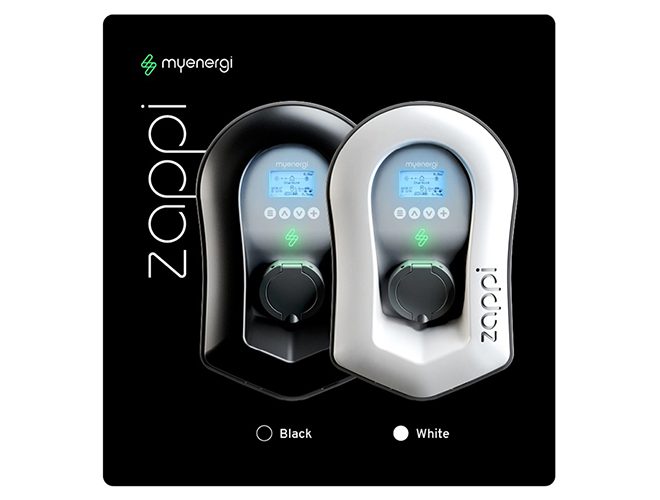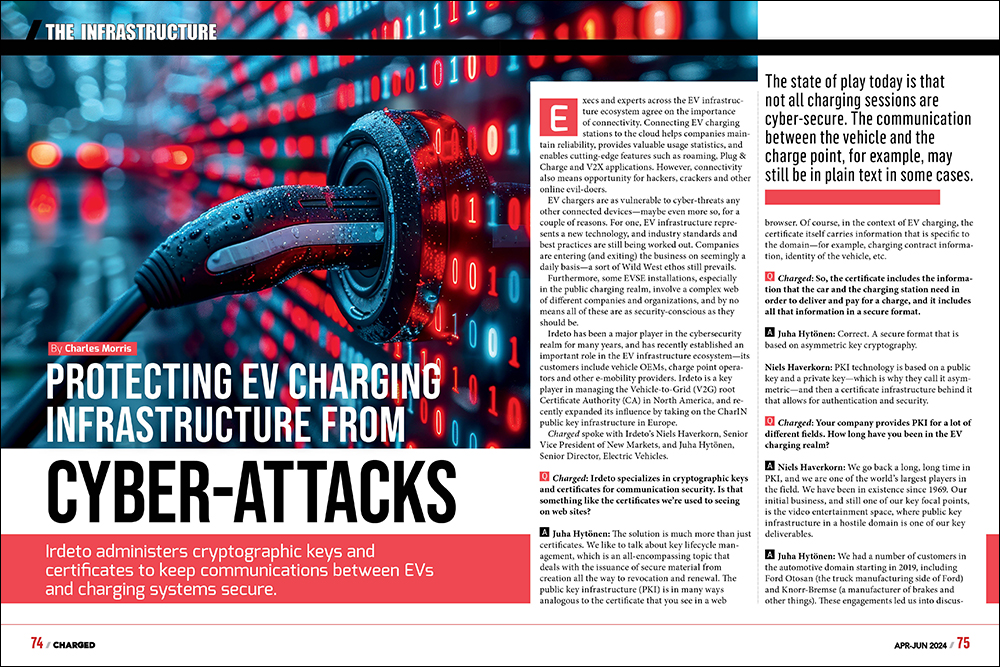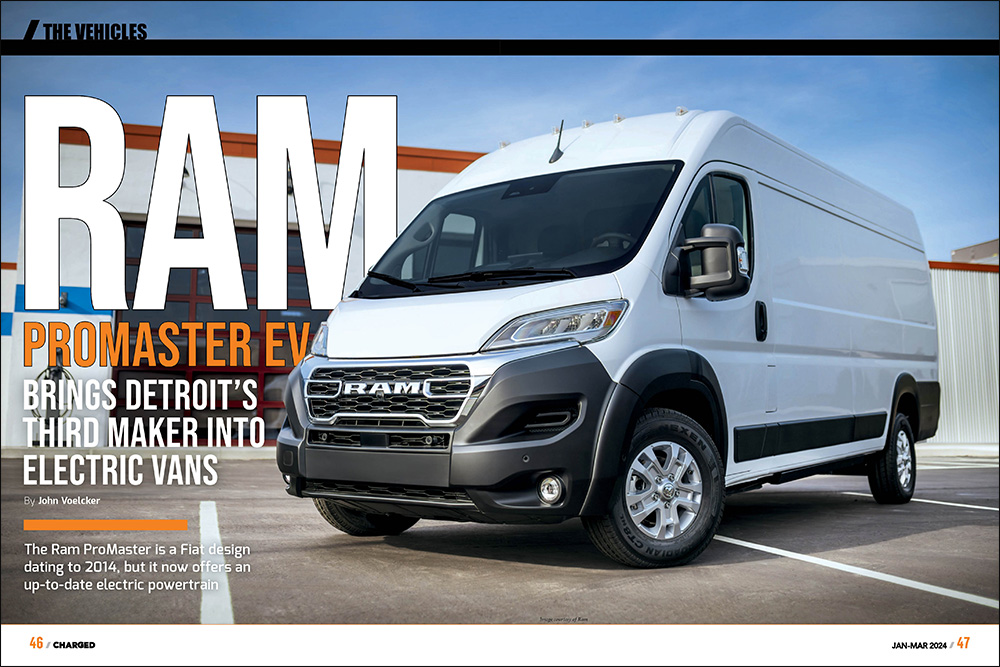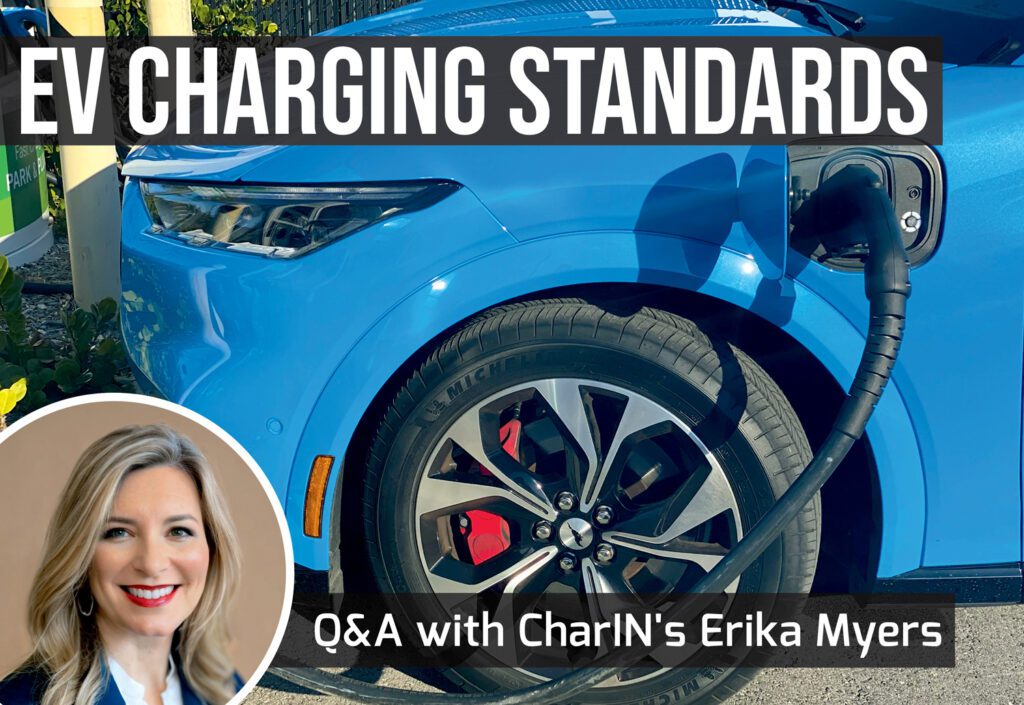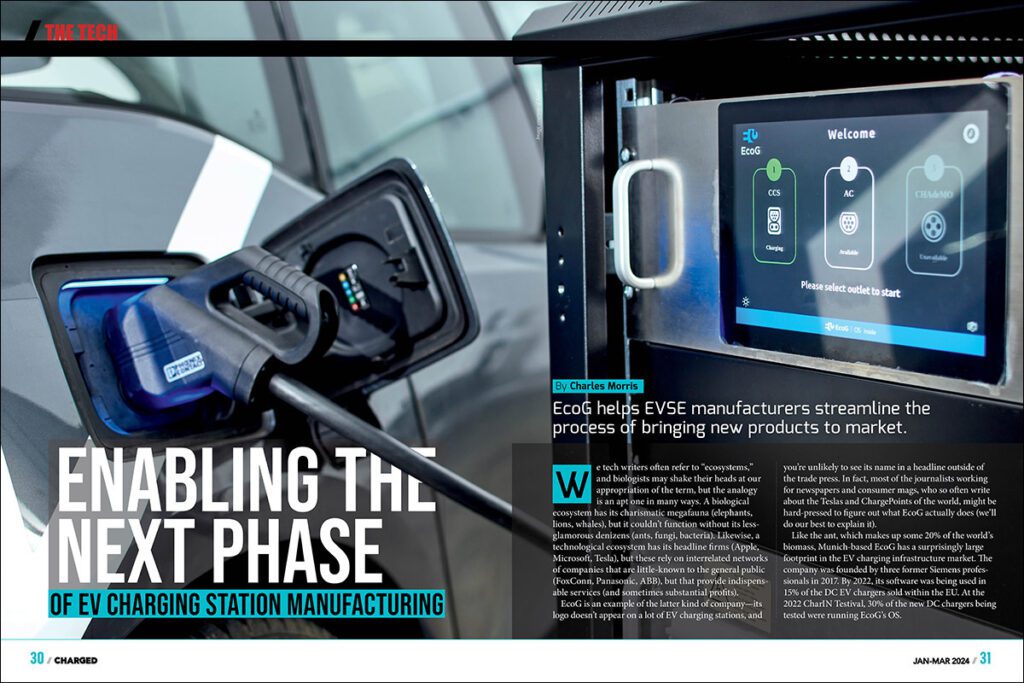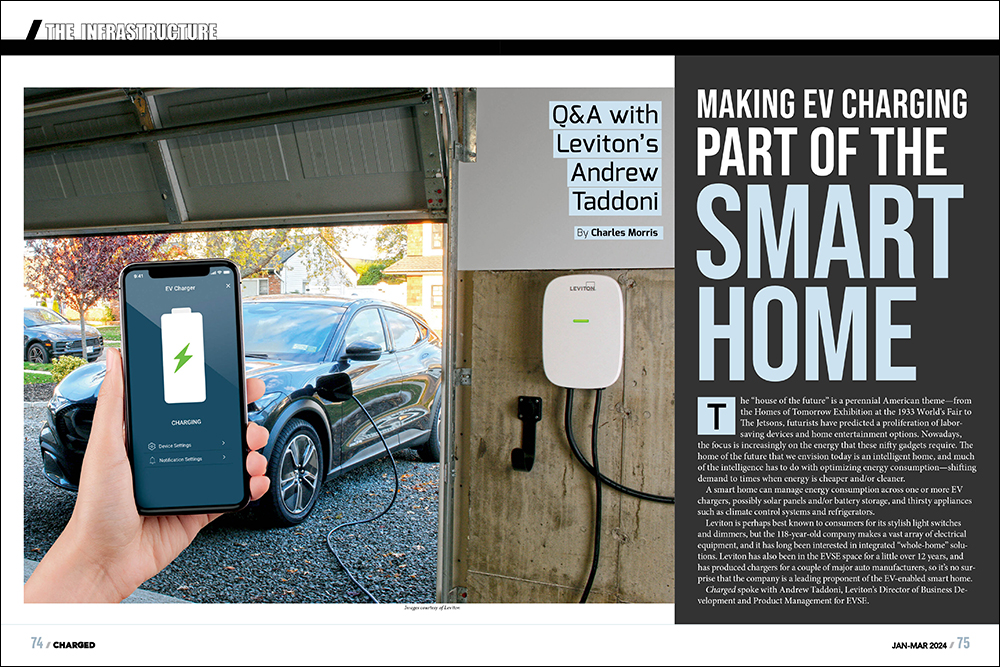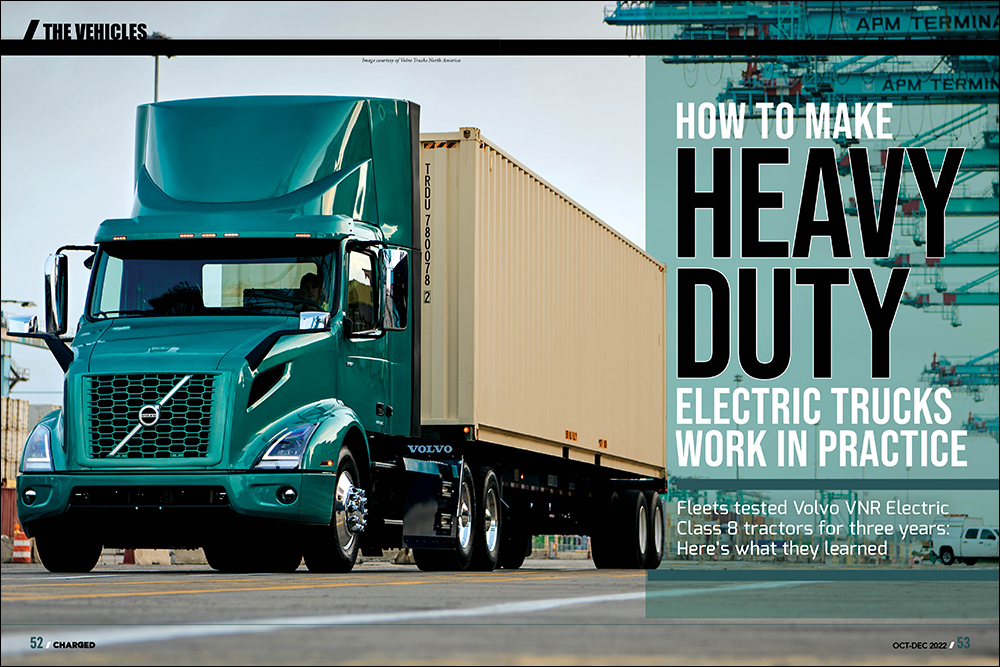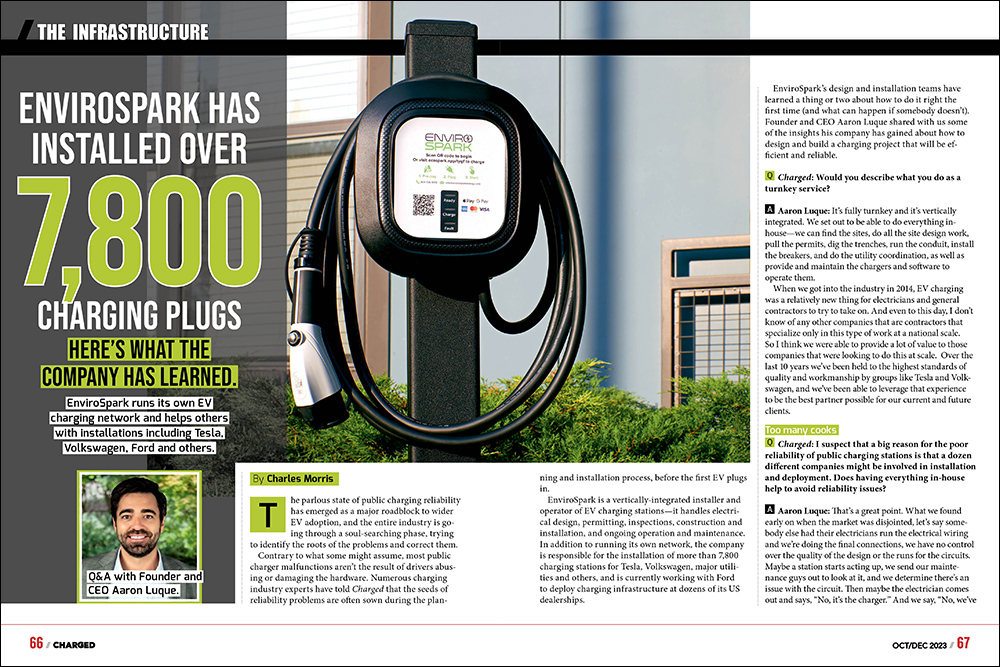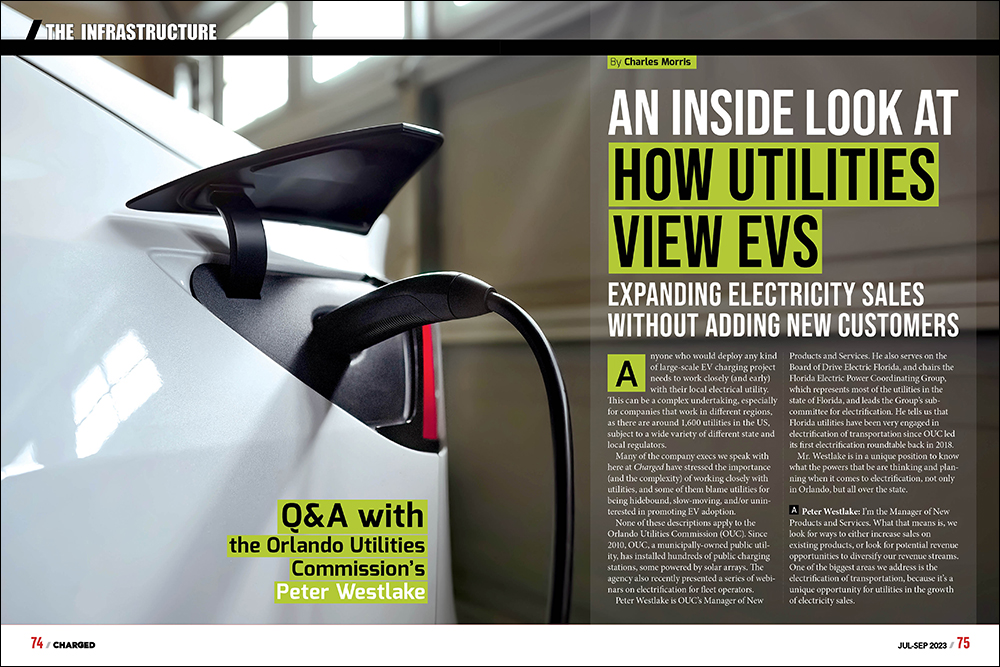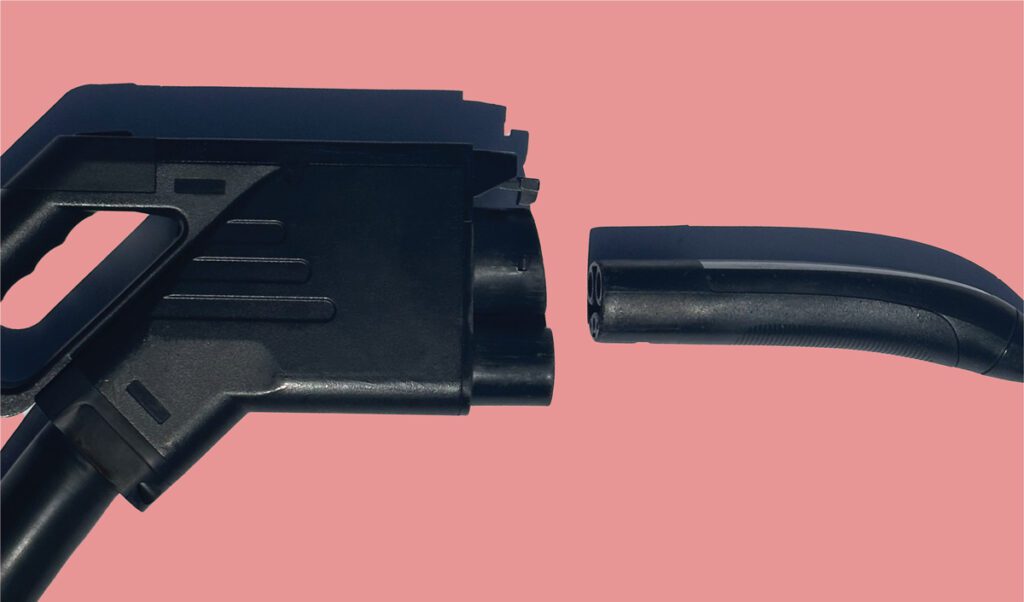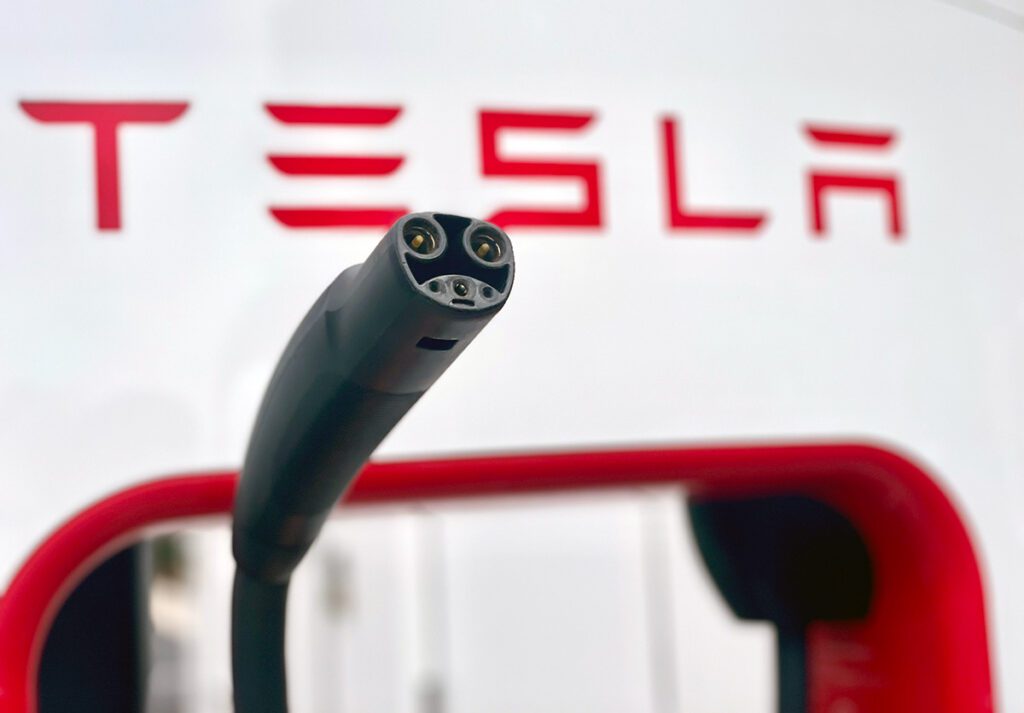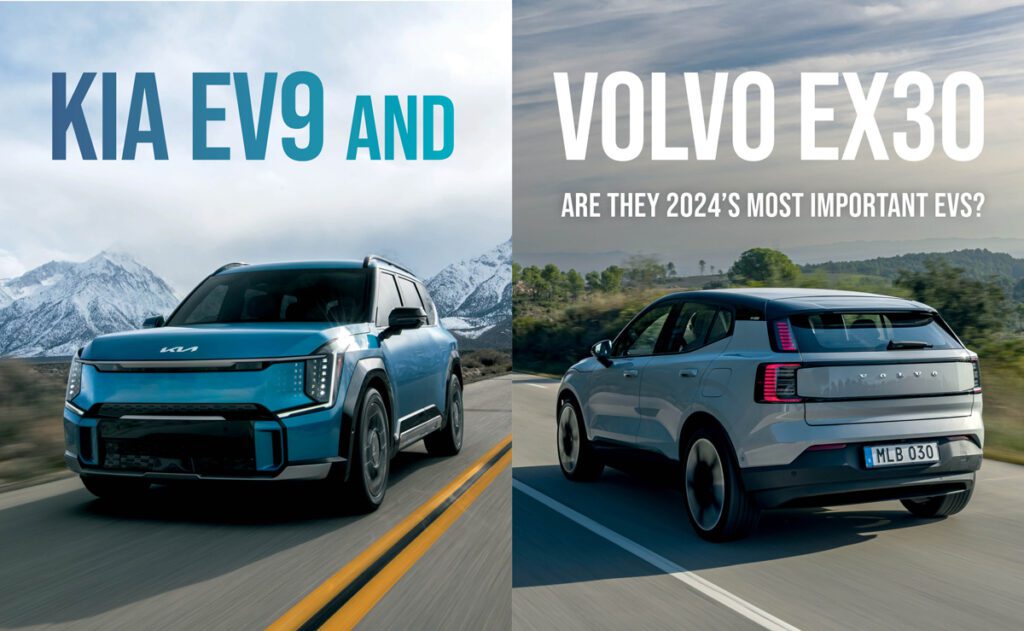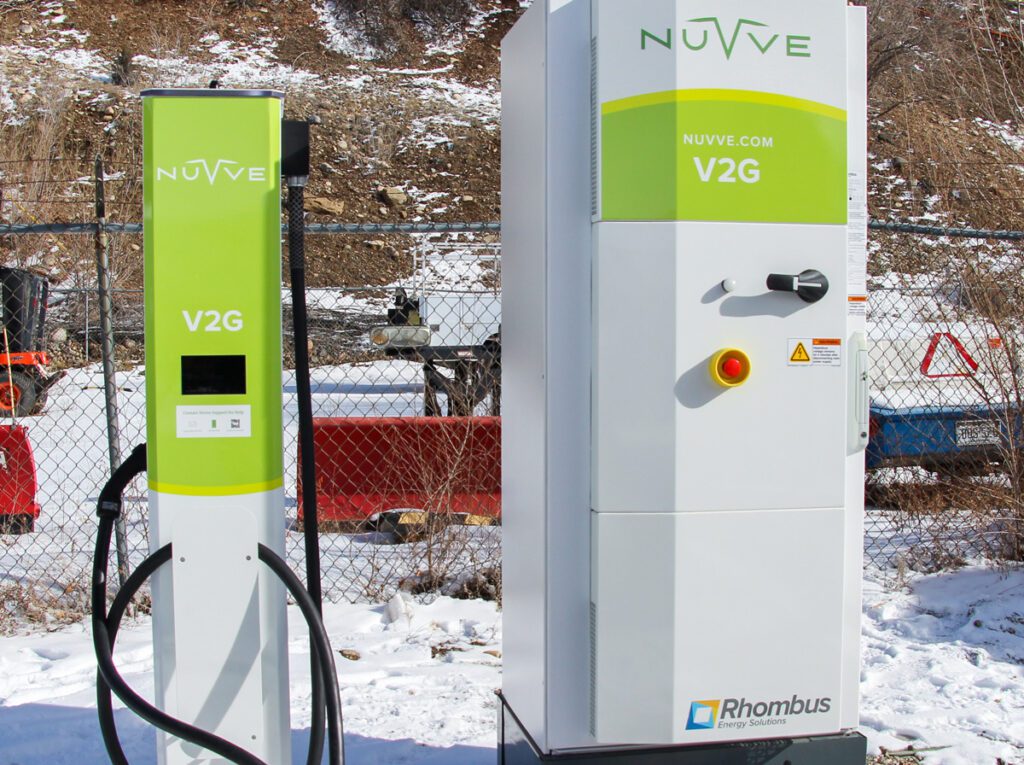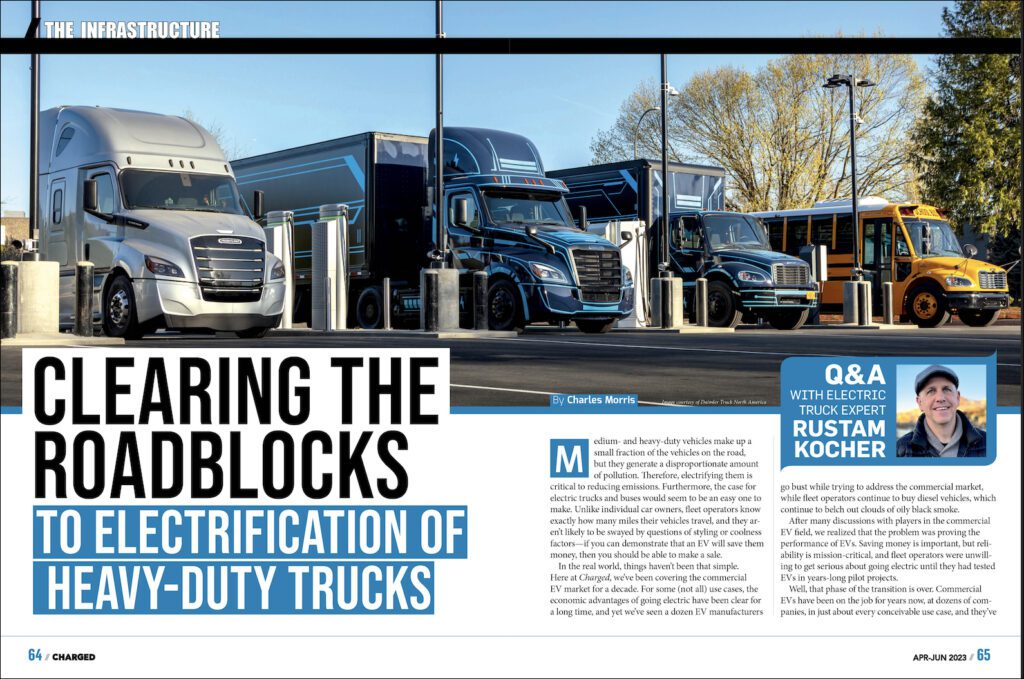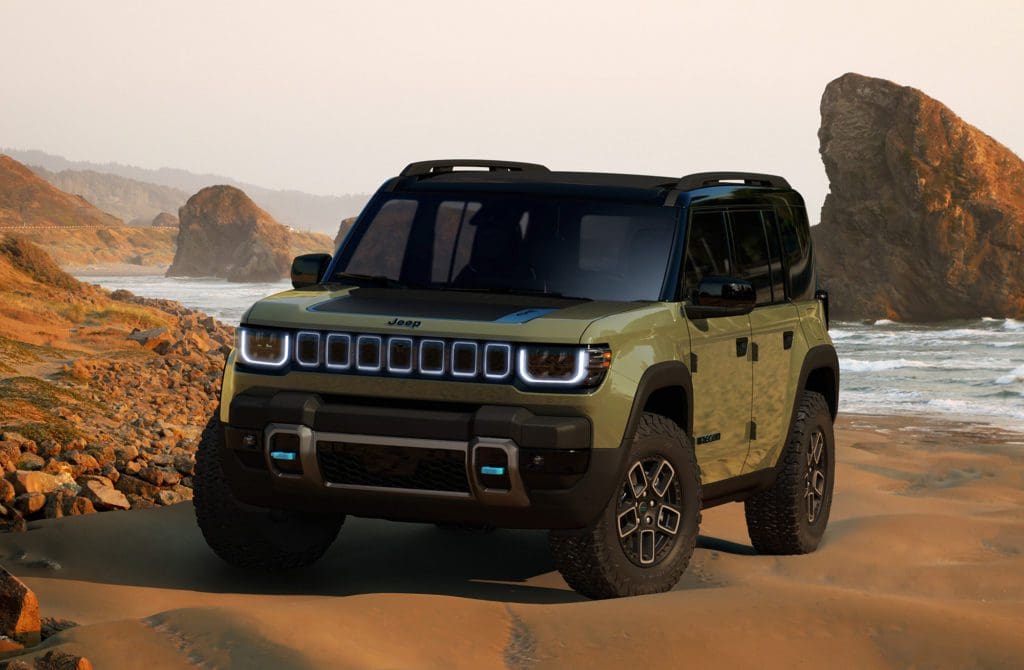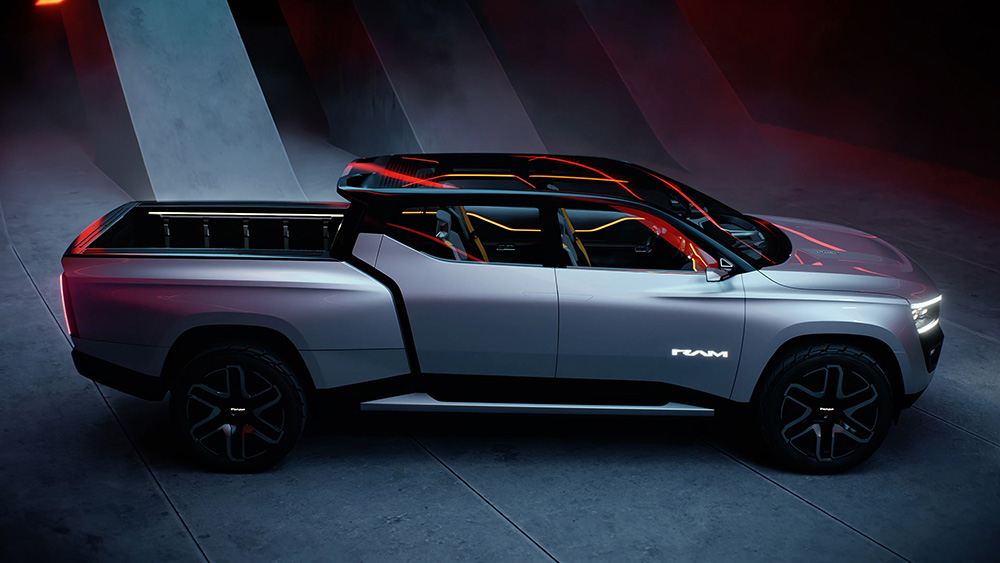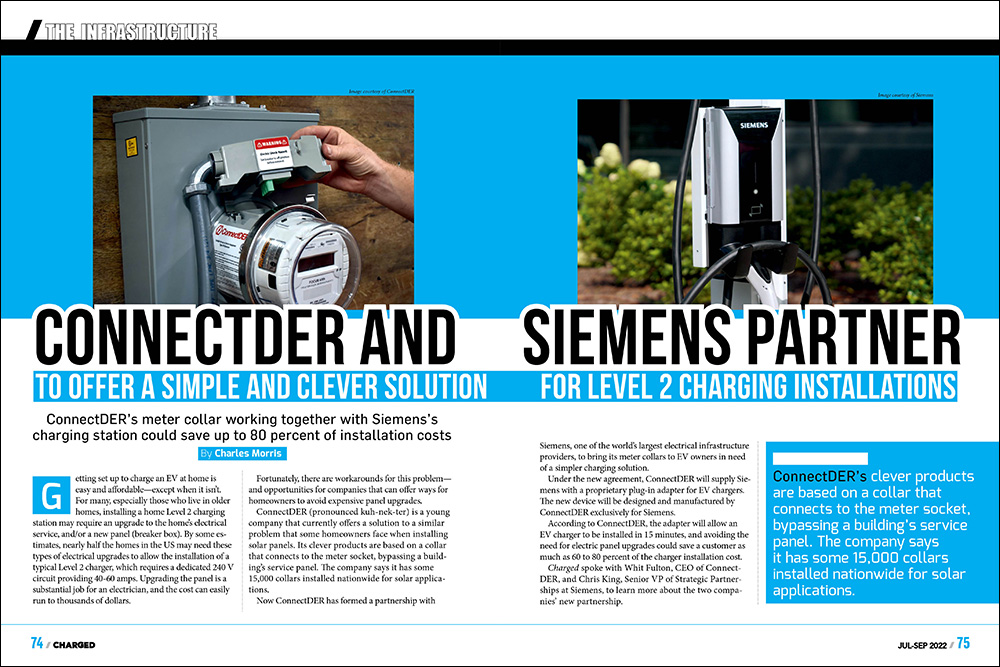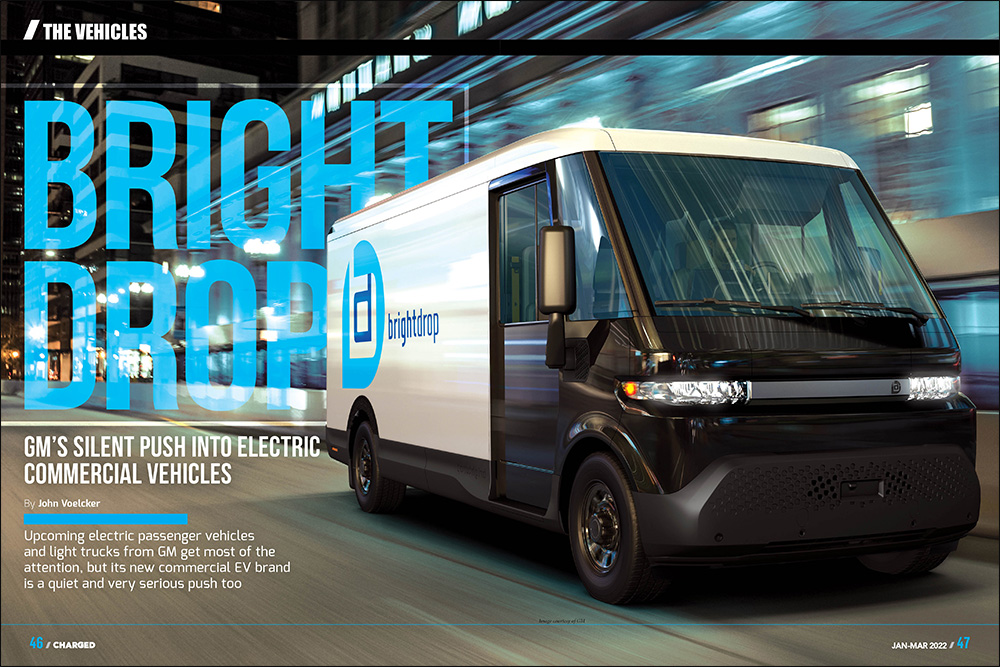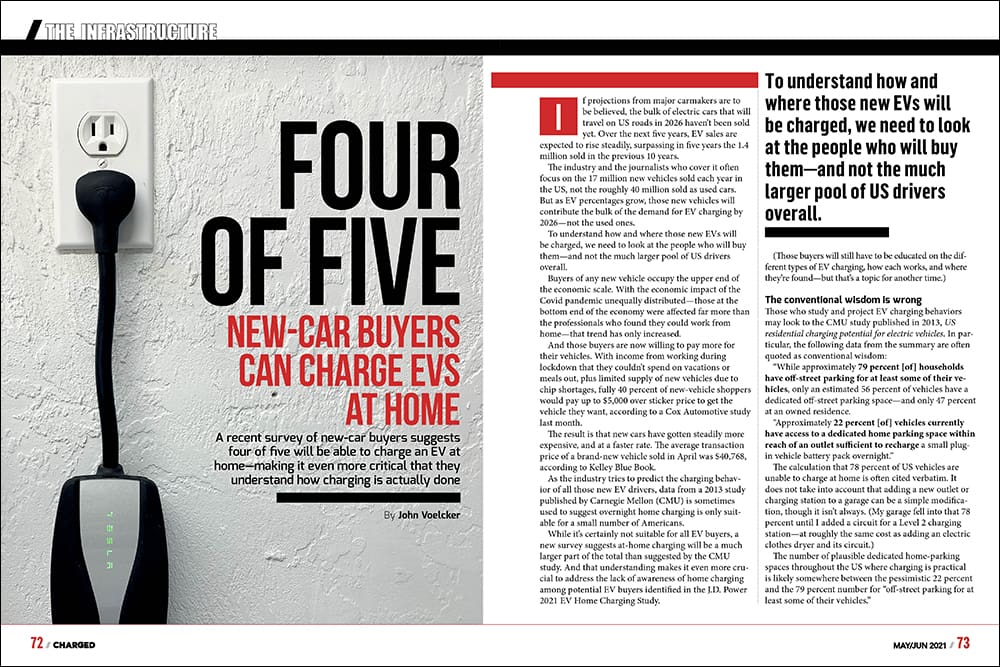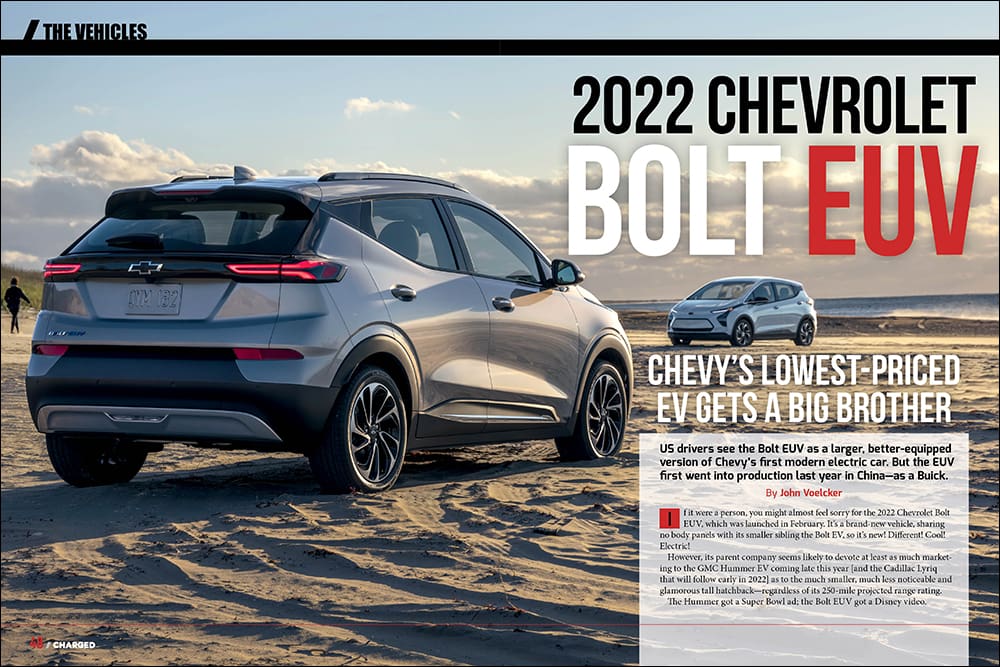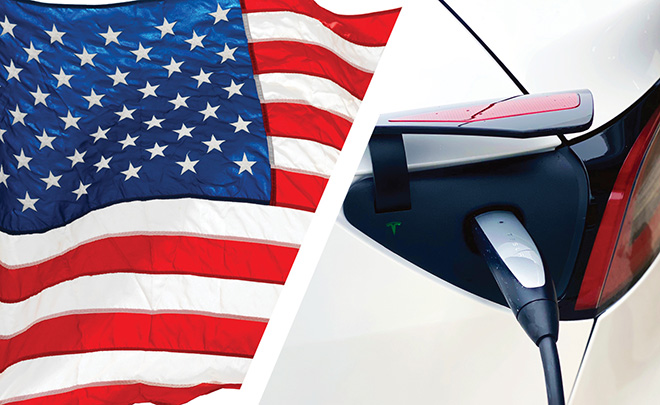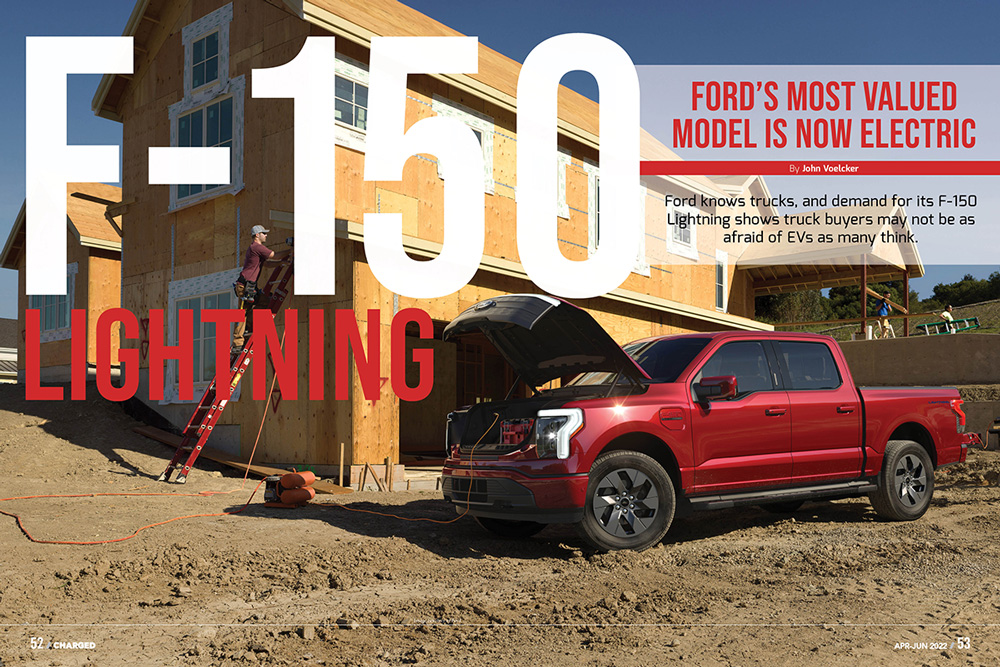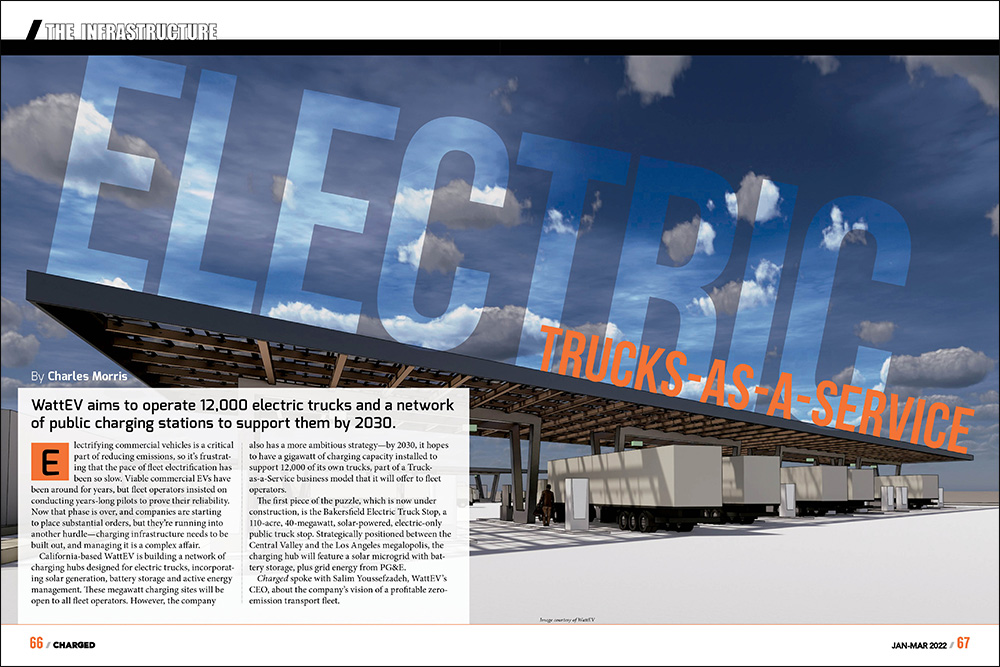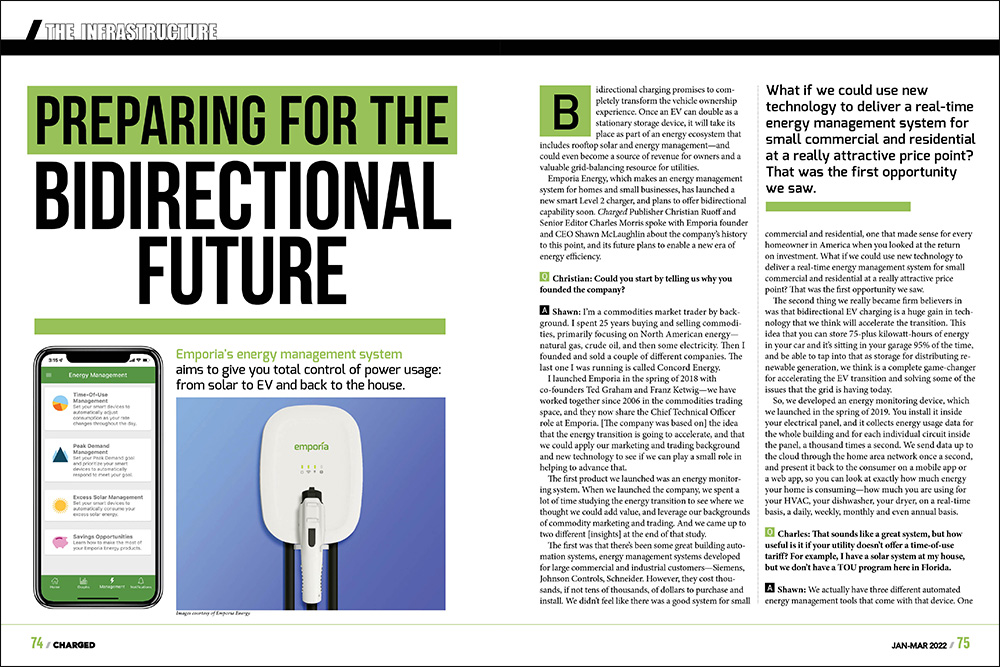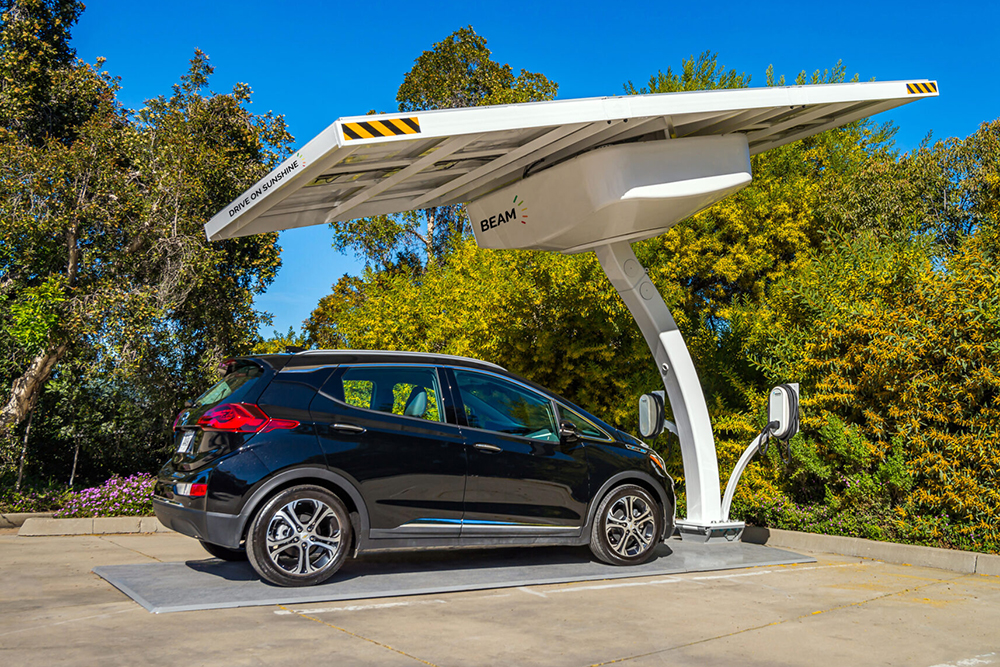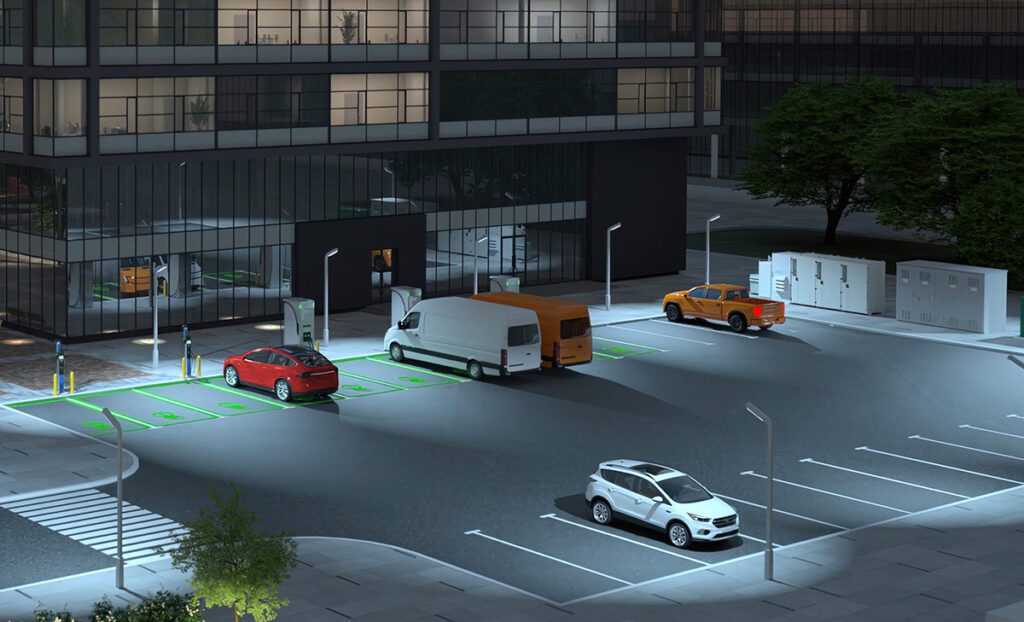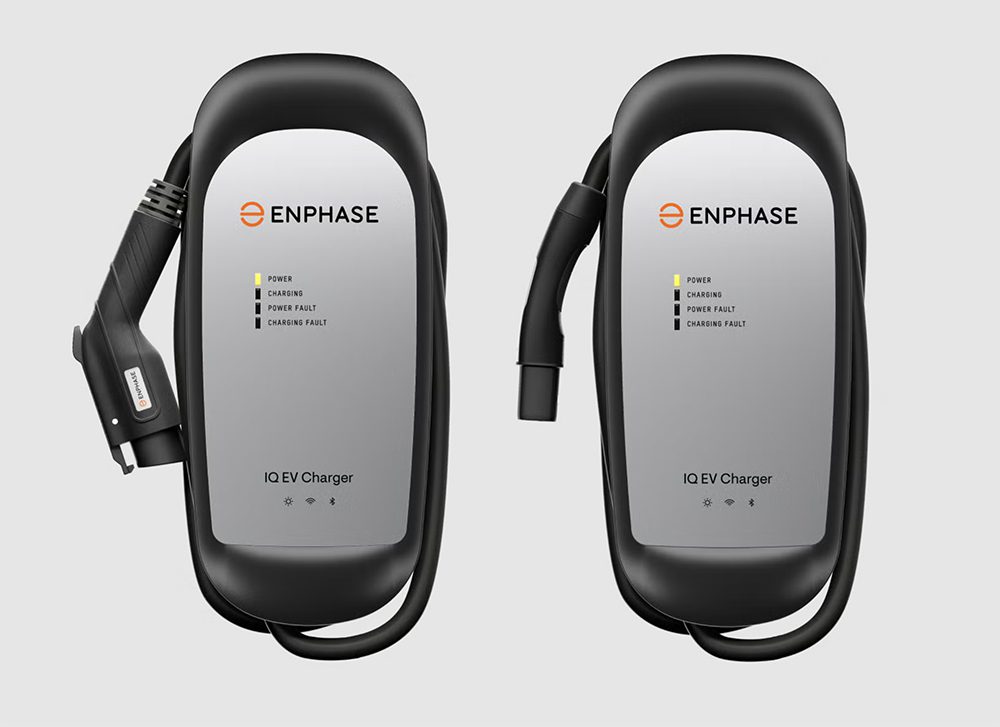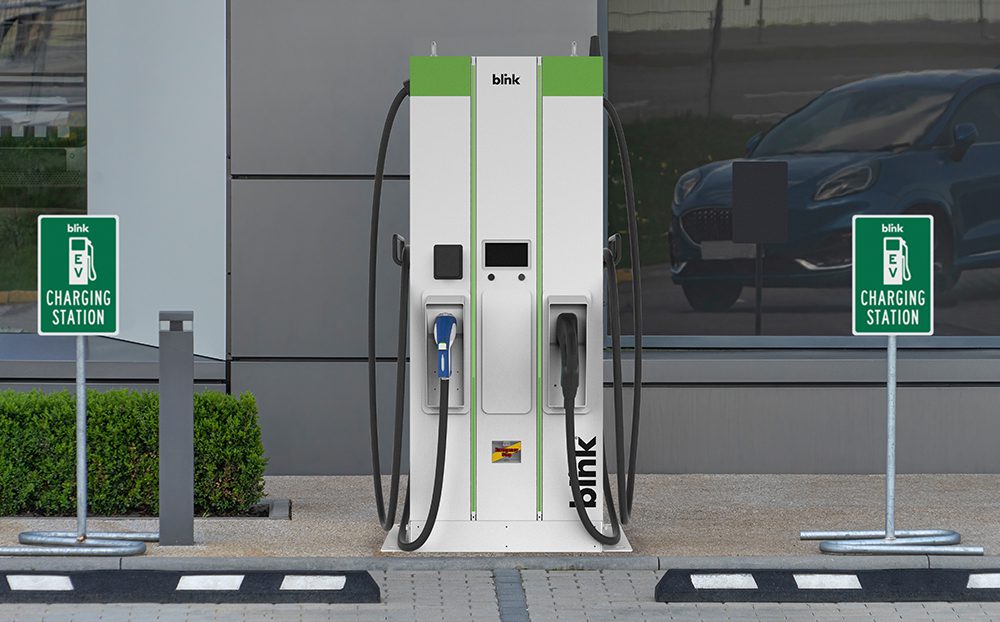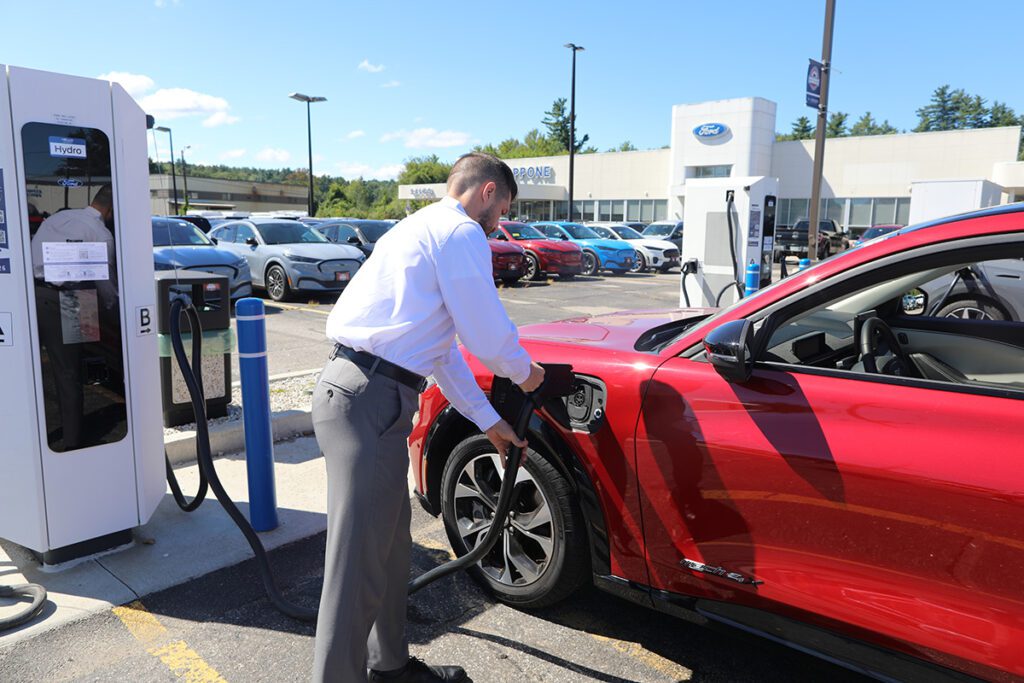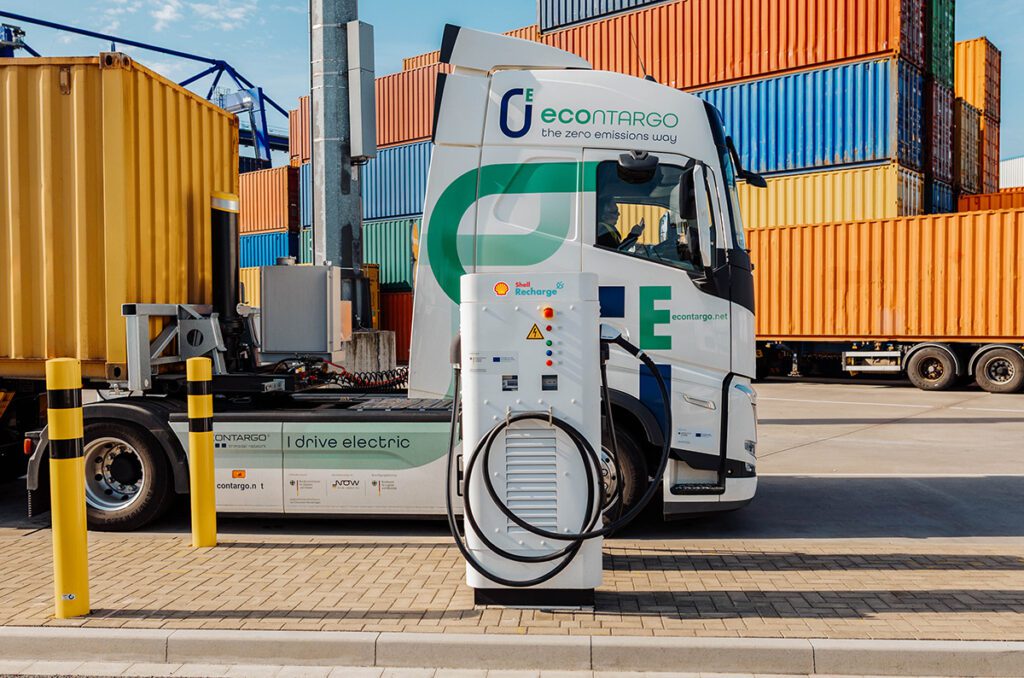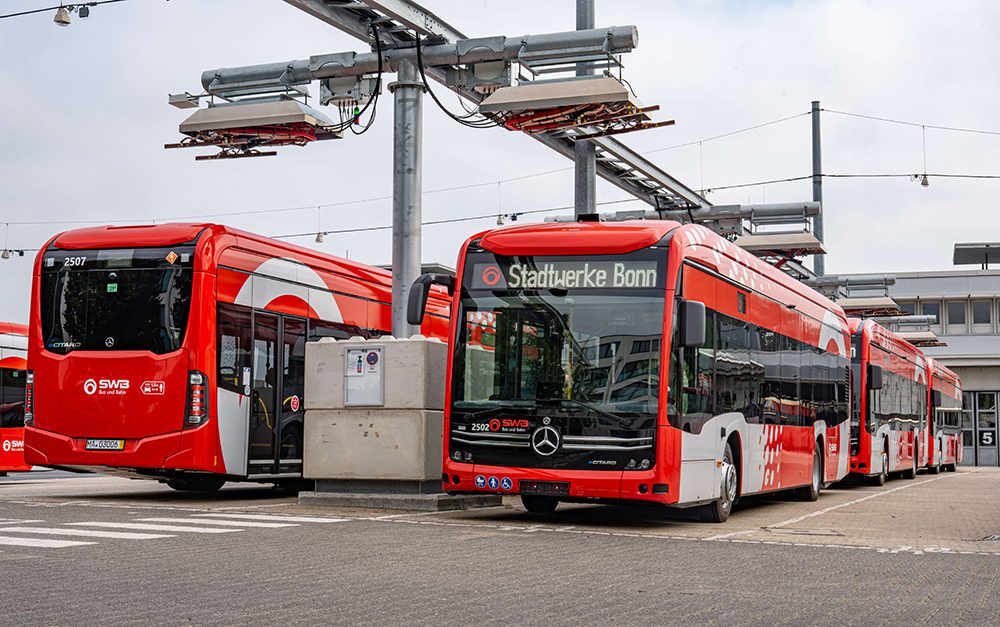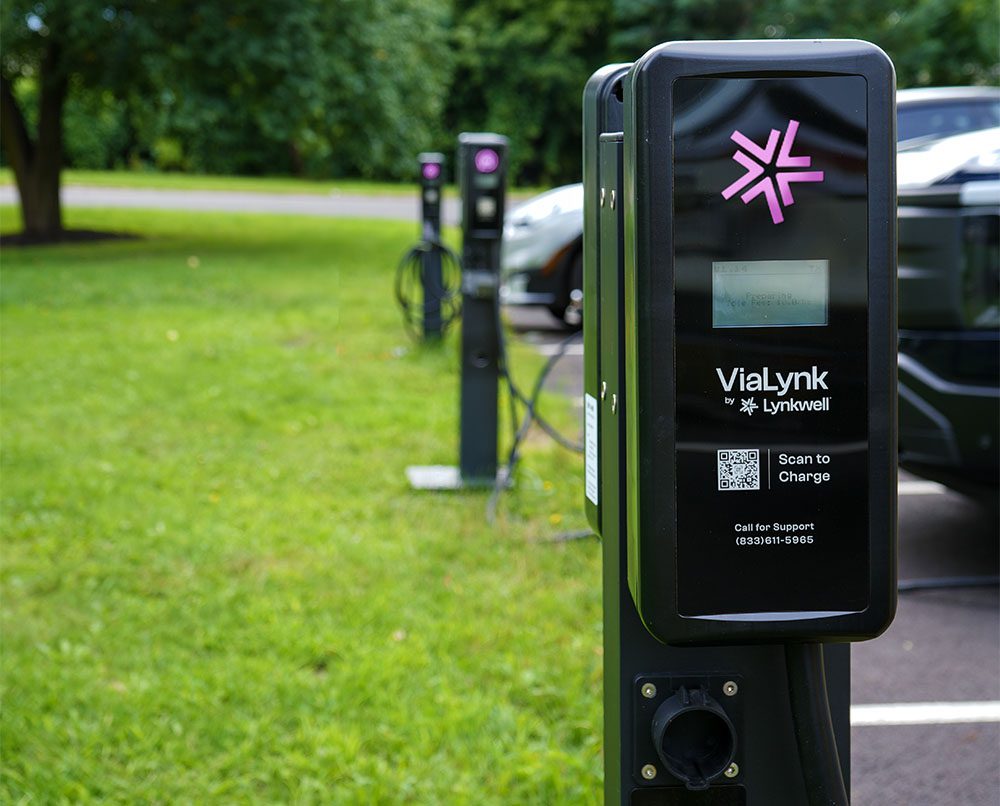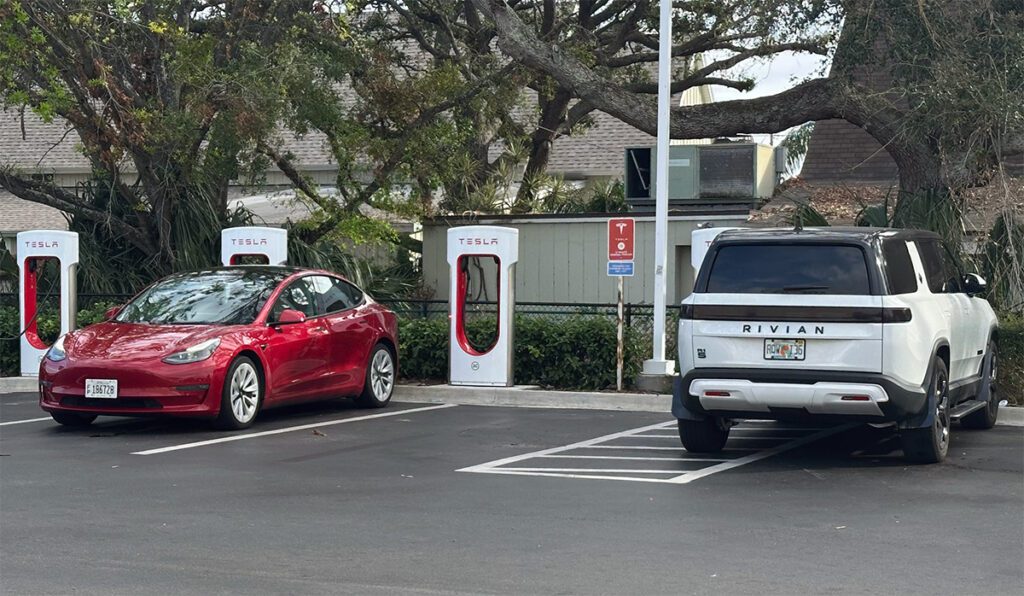Many fleets are going electric, but to the best of our knowledge, none are doing so on the same scale as Amazon. The company says it’s now operating some 10,000 of the delivery trucks that it co-developed with Rivian, and it hopes to roll out 100,000 electric trucks by 2030.
Building the trucks appears to have been the easy part. Amazon and Rivian took only two years to progress from an idea to putting trucks on the streets—an impressive feat indeed. But deploying EV charging stations at a single warehouse—a far easier task from a technical standpoint—can take a year or more. One site in Seattle took 18 months.
Amazon claims to have deployed 12,000 EV charging stations around the world, and it has found that slogging through the permits, approvals and logistics of installing the power lines and infrastructure is by far the hardest part of the process—installing the actual chargers is far easier.

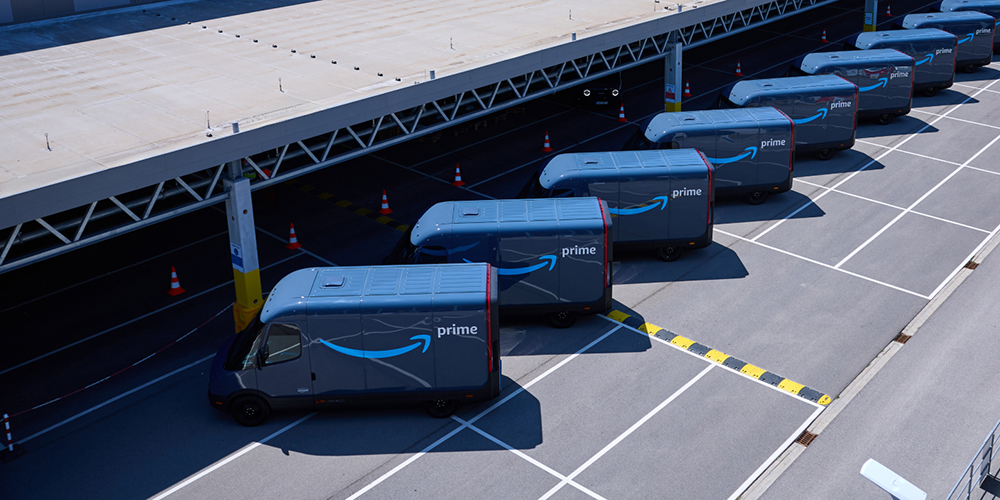
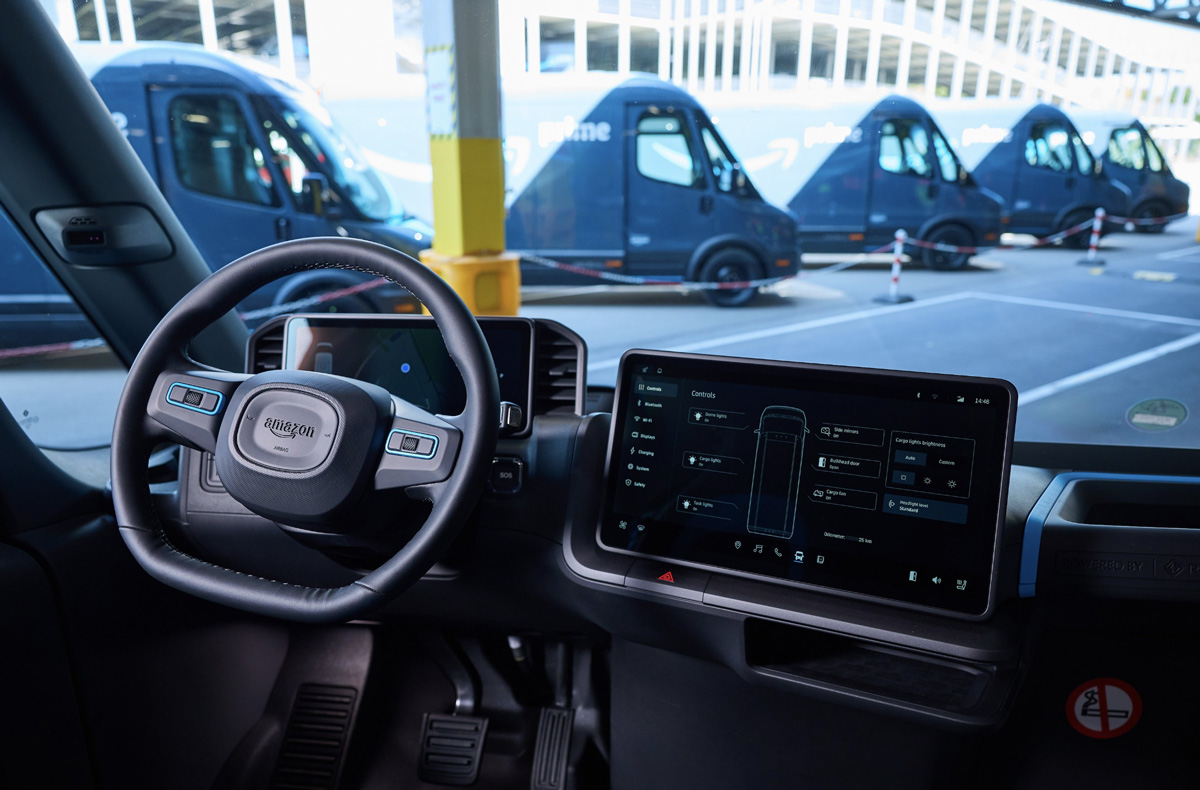
Amazon recently brought a group of journalists to a warehouse in Seattle for a first-hand look at one of its charging depots. As David Ferris reports in E&E News, getting electrical infrastructure to the 100-plus sites where Amazon’s trucks operate has been a heavy lift. The company has a team of up to 15 employees that work with local utilities to secure the necessary approvals and permits. Sometimes the process takes so long that rollouts of trucks in new regions are delayed.
“The hard part is trying to get out in front of business situations and scaling fast,” Vijay Goveia, a Senior Manager of EV Infrastructure at Amazon, told the ladies and gentlemen of the fourth estate. His department is often the constraining factor for how quickly and where Amazon deploys its electric vans.
Amazon’s experience is not unusual. The North American Council for Freight Efficiency told E&E News that some fleets have taken 36 months to get chargers up and running.
In some cases, Amazon has decided where to deploy e-trucks based on how easy it was to get the infrastructure in place. “We started by going where the power was available,” Goveia said.
One of Amazon’s biggest electric fleets is in Houston, where the company has 1,000 Rivian vans in service, and over 300 charging stations at one warehouse alone.
At the Seattle warehouse, Amazon showed reporters a long row of more than 70 charging stations. Most of these are Level 2 stations that can deliver 10.5 kW of power. Three are 50 kW DC fast chargers.
Goveia explained that the DC fast chargers are used for “a top-off process.” When drivers return from their morning rounds, they plug into one of the Level 2 chargers. The 70 charging stations suffice to recharge the 100 vans, because some vehicles make only one round of deliveries per day, and some routes require only a fraction of the vehicles’ 150-mile range.
Surprisingly, Goveia said that, at most depots, Amazon has had no need for a charge management system, or battery storage. The exceptions are in some areas of California, where the company uses managed charging to avoid utility demand charges.
Source: E&E News






